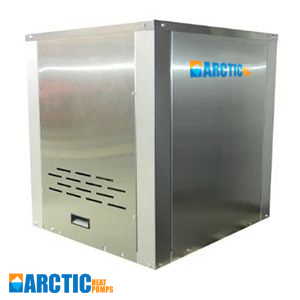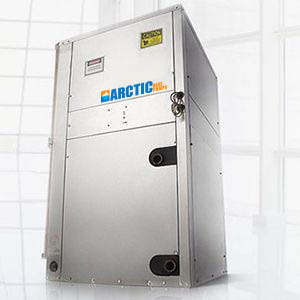When it comes to choosing systems for heating and cooling purposes, consumers are flooded with choices. One option is right below your feet – taking advantage of earth’s consistent underground temperature nearly 30 feet below the earth surface.
Geothermal heat pumps (GHPs) are also known as ground source heat pumps. They can heat, cool and even supply hot water to a home by transferring heat to or from the group. The geothermal heating systems have been keeping consumers comfortable for over 50 years and can reduce energy bills by up to 65% as compared to traditionally available HVAC units.
So, if you’re investing in a GHP system for your home or business, here are a few important things you should know beforehand:

Useful in any climate –
Geothermal heat pumps can be able to operate in any climate – both hot and cold with the earth’s consistent ground temperature that ranges from 45° to 75° F depending on the location. However, millions of geothermal heat pumps are heating and cooling homes and businesses from all around the world including the all 50 US states.
Open and closed loop systems –
You have several options to choose from, when it comes to considering geothermal heating systems including closed or open loop designs. Around 85% of GHPs in the United States makes the use of ground heat exchangers for fluid circulation by using a closed loop design.

The pipes in these systems are generally made of plastic tubing and are horizontally buried up to 6 feet deep or vertically up to 600 feet deep. The ground heat exchanger design can differ depending on the climate, soil condition, land availability, ground water accessibility or the surface water bodies and local on-site installation costs.
Durability –
Geothermal heating systems are considered as the long term investment. They are specifically built to last for long and have extremely long life spans than others. The GHP indoor components i.e. the heat pump, are expected to get around 25 years and the ground loops have 50 plus years life.
Though the cost of installation can be around several times more expensive, GHPs are about 65% more efficient than the traditionally designed HVAC units. They can pay back themselves over time in terms of energy savings, which is typically within 10 years.
Reduce the peak electricity demands and carbon emissions
As discussed above, the GHPs are more efficient systems than traditional HVACs and can help you lessen the load on the electric grid. This is really helpful during summer for peak demands. Additionally, they can help you minimize the carbon emissions because of their higher efficiency.
So, what’s next?
Now seas are rising, global heat records are falling and the storms are becoming more and more devastating day by day. The reality of climate change has been never clearer. Thee clean energy solutions like wind and solar energy are getting more competitive, batteries getting better and buildings as well as technologies becoming more efficient every year.
Are you interested in taking the next step? Prepared enough to make a great difference for the future of your planet? Contact 123 Zero Energy today and let us help you plan through the geothermal heating systems!